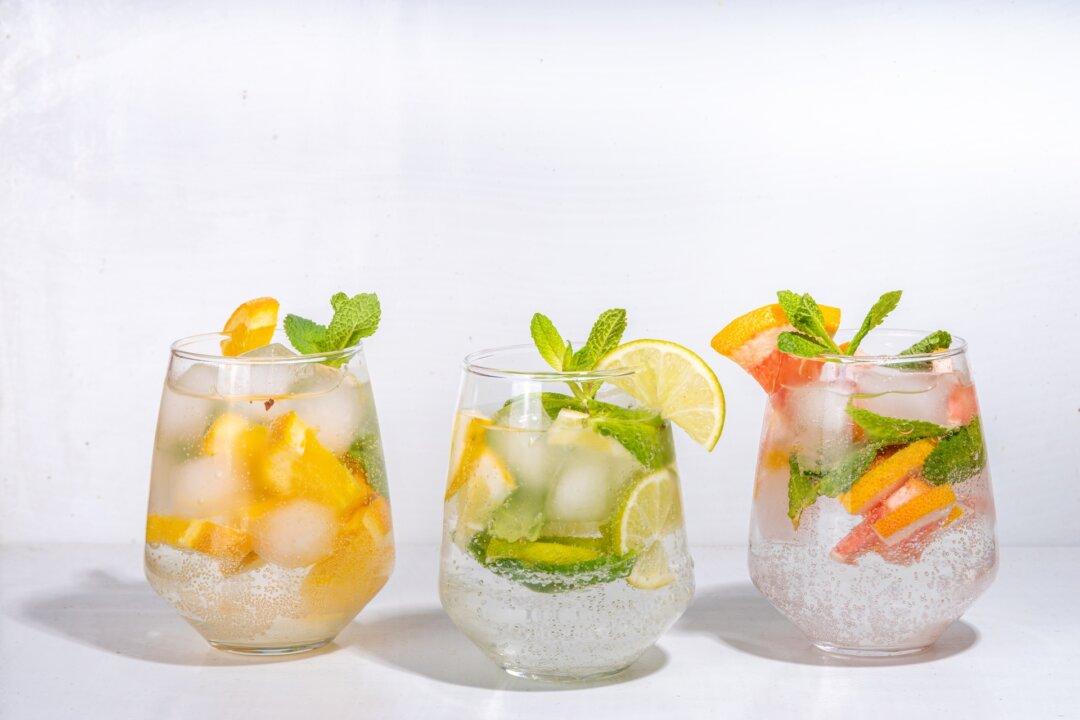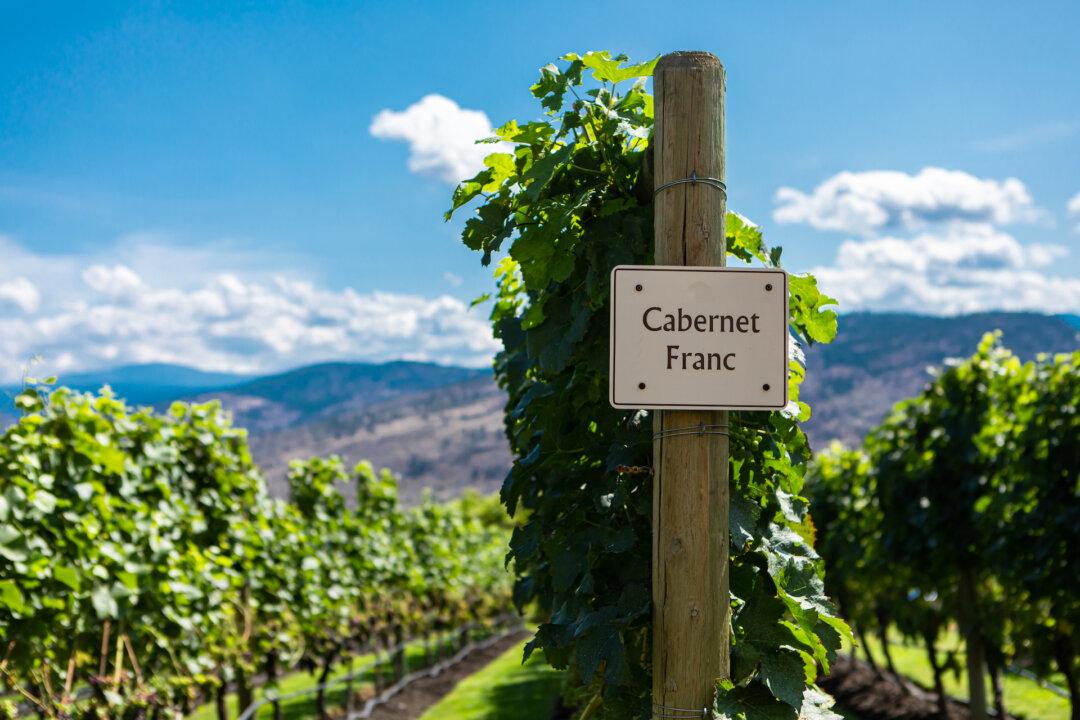Most people assume that all expensive wines are very good and that the more expensive a wine is, the better it is. But in many cases, quality and price have nothing to do with each other. Price is based on many factors.
Before we purchase a car, we take a test drive. But even that often doesn’t tell the whole story of whether the car is worth its price. You only learn that after you’ve driven it awhile.
People often buy pricey items that deliver less than expected, occasionally because of factors unrelated to quality.
Other factors affecting the price of various goods include styling (think of crystal perfume bottles and watches), image, and intangibles such as color, advertising, and perceived scarcity. As for color, puce isn’t a popular sports car color.
It’s true, of course, that some items cost more because the raw materials that went into their manufacture cost a lot more than normal. That certainly is the case with specialty wines from very small regions.
For instance, the famed La Romanee Vineyard in France’s Burgundy district is one of the world’s tiniest appellations, only 2.1 acres. After it gained fame for producing some of the world’s finest red wines, demand for the limited number of bottles outstripped the vineyard’s annual yield.
Needless to say, you can’t get La Romanee Vineyard-quality fruit in an Iowa cornfield.
The more that buyers demand the real thing, the higher it rises in price. Demand is one of the main reasons that a wine might be expensive. If there are more buyers for a product than can satisfy demand, prices rise, often ludicrously.
Another reason a wine might be expensive is reputation. Say someone who supposedly knows something praises it with superlatives greater than those he attributes to similar wines. A 100-point score for a Napa Valley cabernet instantly pushes that wine’s price up. That same gloss can last for years, even if later wines have flaws!
Scarcity works in other ways. If a cargo ship encounters problems, such as getting stuck in a canal, it affects far more than just the goods on board that vessel.
In the early 1980s, a shipment of red Burgundies on a cargo ship was mishandled and ruined. The importer got an insurance settlement and replaced the unsalvageable bottles with additional stocks from the French producer. But the second shipment was more expensive.
Another reason a wine might be expensive is the cost of the grapes producing it.
There’s an old rule of thumb in the wine game: A bottle of wine should cost approximately 1 percent of the cost of the grapes that went into it. So, a cabernet from a prestigious area might be made from grapes selling for $9,000 per ton. That equates to a bottle price of $90.
Since a ton of grapes produces about 750 bottles of wine, the winery is making a small fortune, right?
No, because it’s really expensive to make fine wine. Factor in the cost of land, buildings, equipment, salaries for dozens of employees, marketing (at least 50 percent of the wine’s retail price), and many other expenses that are hidden from consumers.
In some cases, $90 for a bottle is barely enough to cover all of the costs associated with making it—especially if only 250 cases are produced.
Wine of the Week
2017 Balletto Chardonnay, Russian River Valley ($28): Bright, citrusy fruit and a very delicate aroma of oak aging gives this wine the perfect complement of flavors and acids to pair with food or simply serve on a patio with cheeses and dips. I have always felt that, based solely on quality, this wine would sell for a lot more than its often-discounted price.





